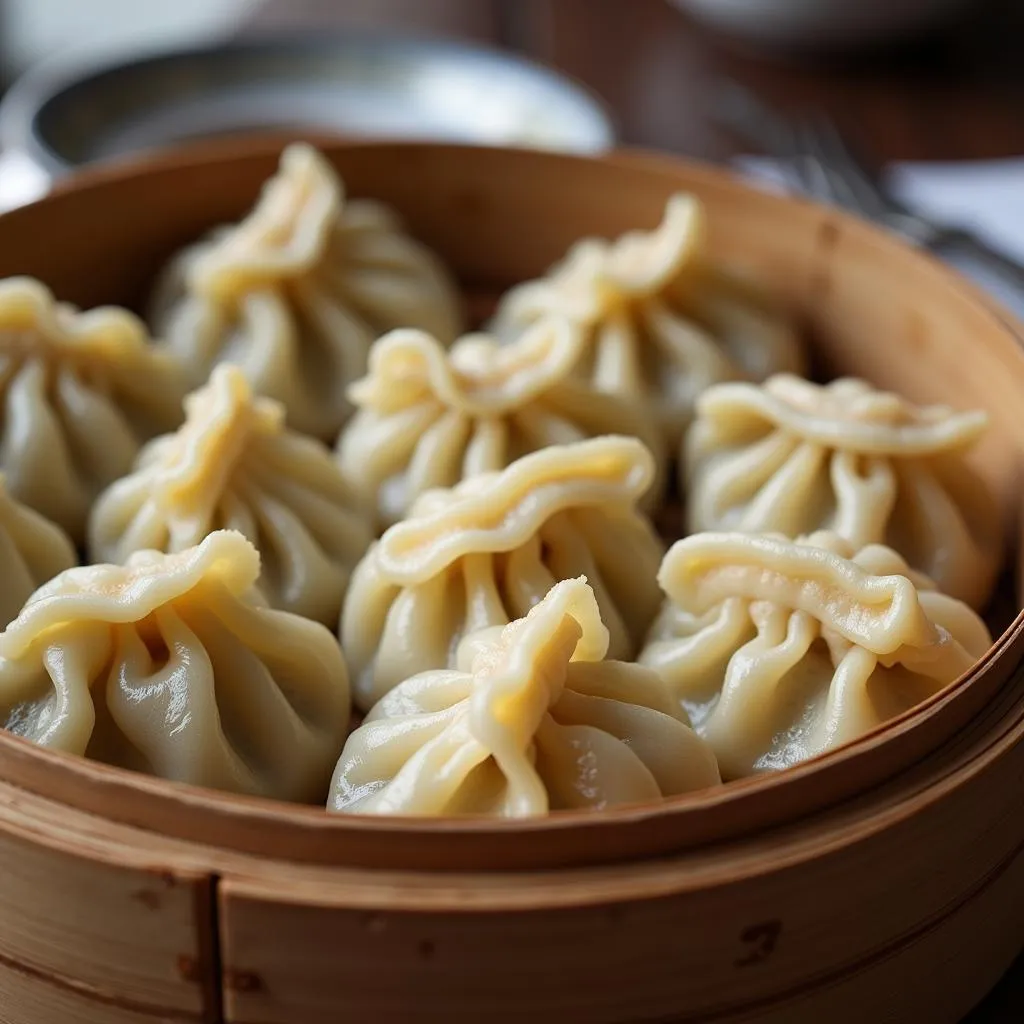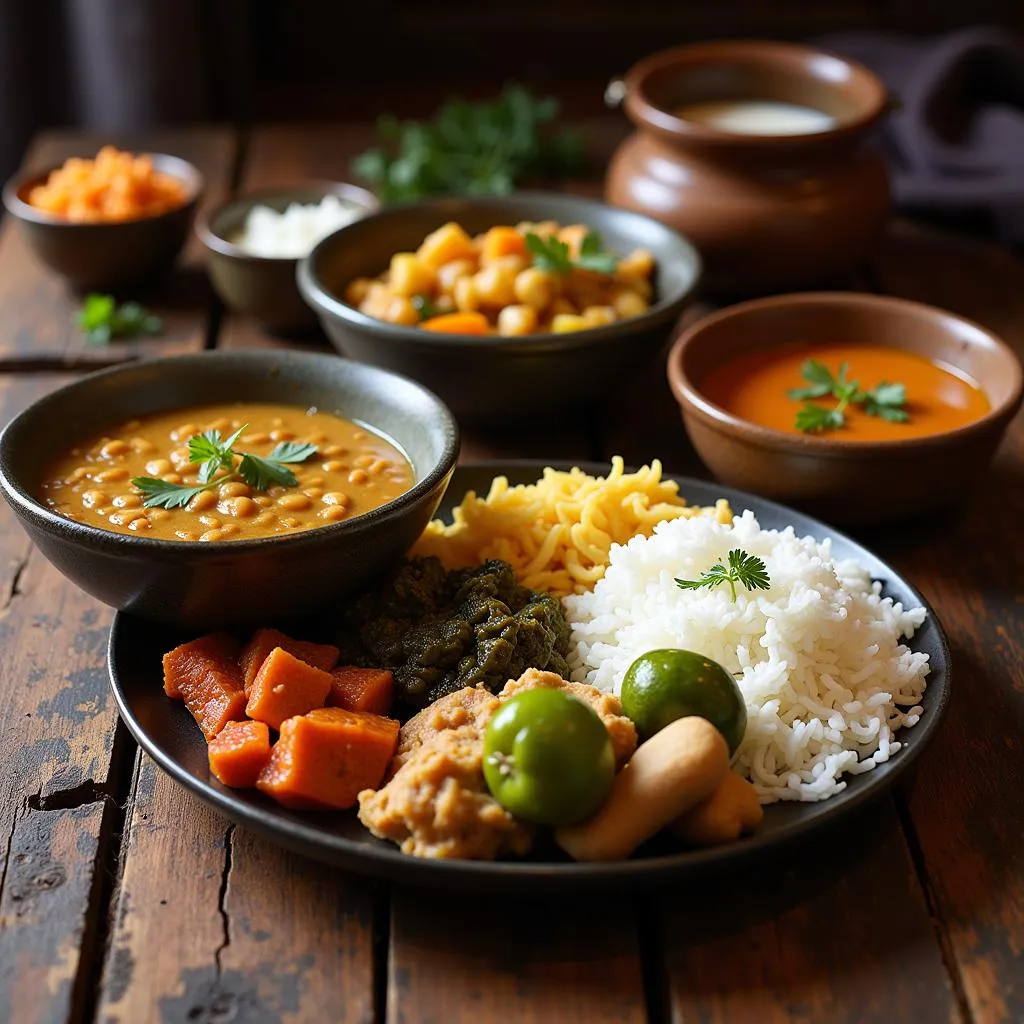Nepal and India, two neighboring countries nestled in the majestic Himalayas, share more than just geographical proximity. Their cultures are deeply intertwined, and their cuisines, while distinct, boast tantalizing similarities that often leave food enthusiasts wondering about the nuances that set them apart. This exploration delves into the heart of Nepalese and Indian culinary traditions, highlighting the unique flavors, ingredients, and cultural influences that define each cuisine.
 Steamed Nepalese Momo Dumplings
Steamed Nepalese Momo Dumplings
Unveiling the Flavors of the Himalayas: Key Differences and Similarities
While both cuisines embrace a vibrant tapestry of spices, the ways in which they are used differ significantly. Indian food is often characterized by its bold and fiery flavors, employing a diverse range of spices like turmeric, cumin, coriander, and garam masala. The generous use of chili peppers in various forms infuses many Indian dishes with a fiery heat that sets taste buds ablaze.
Nepalese cuisine, on the other hand, leans towards a more subtle and earthy flavor profile. While common spices like turmeric, cumin, and coriander are also staples in Nepalese kitchens, they are used more judiciously, allowing the natural flavors of the ingredients to shine through. Instead of intense heat, Nepalese food often incorporates warming spices like ginger, garlic, and timur (Sichuan pepper), which imparts a unique citrusy and tingling sensation.
 Indian Thali with an Assortment of Curries
Indian Thali with an Assortment of Curries
Beyond the Curry: Exploring Culinary Staples
Although both Nepal and India boast an impressive repertoire of curries, they each have signature dishes that extend far beyond this beloved staple. In Nepal, momos reign supreme. These savory dumplings, typically filled with minced meat or vegetables, are steamed or fried to perfection and served with a tangy tomato-based dipping sauce. Another Nepalese culinary gem is Dal Bhat, a comforting and wholesome dish consisting of lentil soup (dal) and steamed rice (bhat) that forms the cornerstone of the Nepalese diet.
India, with its vast culinary landscape, offers a dizzying array of regional specialties. From the fragrant biryanis of Hyderabad to the rich and creamy butter chicken of Delhi, Indian cuisine is a testament to the country’s diverse cultural heritage. Street food also holds a special place in the hearts of Indians, with tantalizing treats like samosas, chaat, and dosa found on bustling street corners across the country.
Cultural Influences on the Plate
The geographical and cultural influences on Nepalese and Indian cuisines are undeniable. India, with its history as a spice trade hub, has embraced a melting pot of culinary traditions over centuries. The Mughal influence, for instance, is evident in the rich and aromatic gravies and the use of nuts and dried fruits in many North Indian dishes.
Nepal, nestled high in the Himalayas, has been shaped by its proximity to Tibet and China. This influence is particularly apparent in the prevalence of momos, which share similarities with Tibetan and Chinese dumplings, and the use of yak meat and butter in some Nepalese dishes.
 Traditional Nepalese Dal Bhat Meal
Traditional Nepalese Dal Bhat Meal
A Culinary Adventure Awaits
Exploring the nuances of Nepalese and Indian food is an enriching experience that tantalizes the taste buds and provides a glimpse into the rich cultural tapestry of these fascinating nations. Whether you prefer the subtle earthy flavors of Nepal or the bold and fiery spices of India, one thing is certain: a culinary adventure awaits those willing to embark on a journey of flavor and discovery.